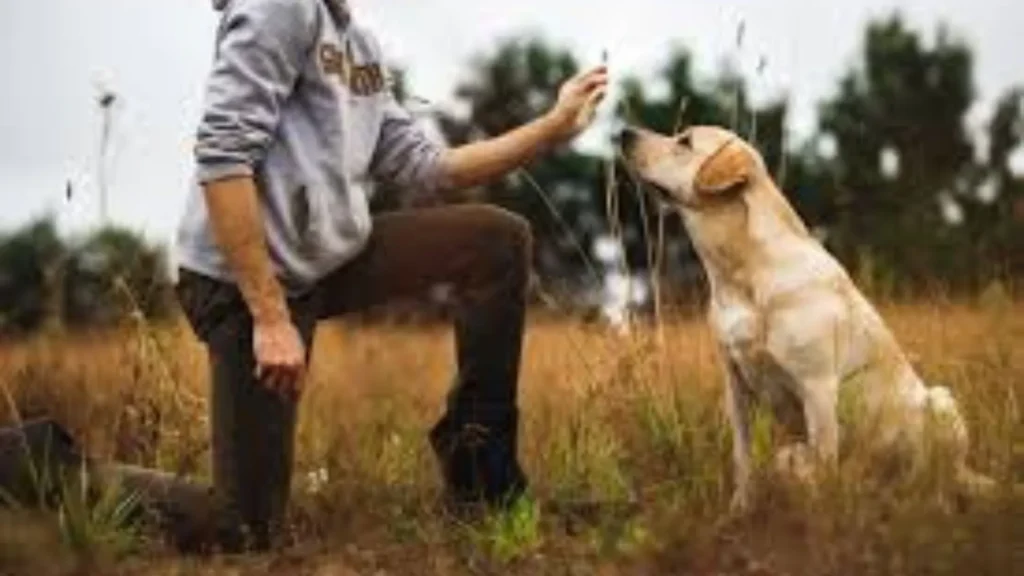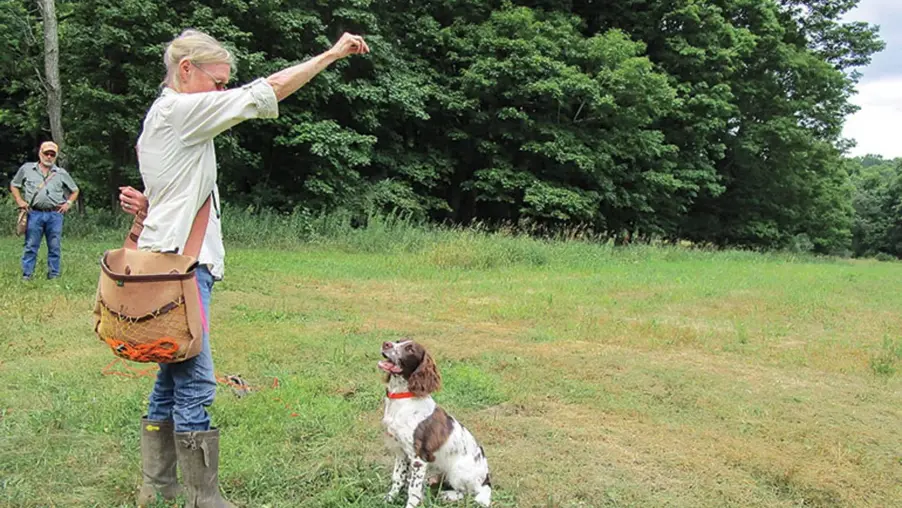Hunting Dog Training can be a great way to enjoy the outdoors together. Since ancient times, dogs have hunted alongside humans. Many hunting breeds are bred specifically to locate, retrieve or retrieve game. Training your dog to become a good hunting partner takes time, dedication and the right guidance.
In this comprehensive guide, we’ll explore the essential steps and techniques involved in training a hunting dog. Whether you’re a first-timer or a longtime hunter, this guide will help provide you with tips and tools for training your dog.
Understanding the Importance of Training
Before heading out on a hunting trip with your dog, it is important to recognize the importance of proper training. Training your dog not only helps them acquire skills in locating and retrieving game, but also prepares them for challenges or obstacles in the field. Additionally, training allows you to build a strong bond with your dog and helps ensure their safety during hunting trips. By investing time in training, you can develop your dog’s skills and create a happy hunting partnership.
The Fundamentals of Gun Training
Dogs may become terrified or flee when they hear loud, startling gunshots while they are hunting. As such, one of the most crucial parts of getting your hunting dog ready is gun training. One suggestion is to start your dog on training exercises and progressively acclimatize them to the shots.
When the dog goes to retrieve, start by shooting a designated shooter. The shooter should progressively get closer to the dog and handler with each retrieve. As your dog grows accustomed to hearing gunshots, reward him with praise or treats. With this methodical approach, your dog’s fear or anxiety will gradually go down and they will learn to associate gunshots with good things.
Developing Game-Locating Skills
Obedience training serves as the foundation for all other training aspects. A well-trained dog should be able to follow basic commands such as sit, come and heel. These basic commands give your dog the control necessary to successfully navigate the excitement of a hunting trip. Start training your puppy in basic obedience from an early age, usually around eight weeks of age. This enables them to acquire the necessary skills and physical abilities required to handle more complex training duties in the future.
To teach your dog to find and retrieve play, consider adding quarterly exercises to your training routine. In quarterly exercises, dogs are trained to move in a zigzag pattern in front of their owners. This pattern allows them to cover more ground and locate game more efficiently than running in a straight line. Set up a bumper or marker to guide your dog in this pattern, and use gentle arm movements to direct their path. Remember to praise or reward your dog after every successful quartering drill.
Retrieval Training for Hunting Dogs
Retrieving game is a very important skill for hunting dogs, and proper training is essential to ensure they can retrieve game effectively in a variety of terrains and scenarios. Start by simulating hunting scenarios using dummies. Repeat training exercises on both land and water to help your dog get used to different environments. For example, you can have a bird boy fly a bumper in the air, imitating a falling bird, and ask your dog to retrieve it. This exercise helps your dog to locate and retrieve downed birds.
Blind retrieval training is another important aspect of retrieval training. This involves guiding your dog to a fallen bird that he may not have seen fall. This requires careful training to teach your dog to respond to whistles or hand signals. By mastering blind retrieval training, your dog will become adept at finding and retrieving game without seeing the birds fall.
Evaluating Hunting Skills and Reinforcing Training
Before heading out on a hunt, it is beneficial to assess your dog’s hunting skills and reinforce their training through various events and tests. Participating in retriever field trials and hunting tests, such as those sponsored by the American Kennel Club (AKC), can provide insight into your dog’s performance in the field.
These events are designed to showcase the dog’s skills and instincts specific to their breed, whether they are pointers, retrievers, or spaniels. Participating in these events not only helps gauge your dog’s readiness for hunting, but also keeps them active and in shape during the off-season.
Essential Hunting Gear for Your Dog
While hunting, it is very important to equip your dog with the necessary equipment to ensure comfort and safety. You may consider investing in items such as a first aid kit, including bandaging materials and wound care items. Additionally, for waterfowl hunting, a buoyancy vest can provide additional protection for your retriever.
Other must-haves include hunting tents or elevated stands to protect your dog from the elements and provide them with a warm and safe place to stay. Bringing cleaning supplies to give your dog a quick bath in the field can help prevent any unwanted odors, especially if there has been an unfortunate encounter. Finally, don’t forget to outfit your dog with an easy-to-see orange safety vest to ensure extra visibility while hunting.
Choosing the Right Hunting Dog Breed
When considering training a hunting dog, it’s important to choose the right breed that fits your hunting preferences and lifestyle. Different species excel at certain types of hunting, such as upland game, waterfowl, or trekking. Some popular hunting dog breeds include Labrador Retrievers, German Shorthaired Pointers, Golden Retrievers, and English Springer Spaniels. It is important to research the characteristics of different hunting dog breeds to find one that best suits your needs. Remember that each breed has unique characteristics, and choosing the right breed is critical to successful hunting dog training.
Helpful Tips for Hunting Dog Training
It takes patience, consistency and an understanding of the needs of your dog to train a hunting canine. Here are some tips
- Begin training your dog at a young age in order to build good habits.
- Encourage your dog by using positive reinforcement techniques, such as praise and treats.
- Expose your dog gradually to different hunting scenarios, sounds and environments to help them remain calm.
- Consistency is the key. Keep a consistent training schedule, and reinforce commands to help your dog understand.
- To ensure that your dog will respond to commands reliably, practice obedience training with distractions and in different settings.
- If you are having difficulty or feeling overwhelmed, seek professional help. A professional trainer is able to provide support and advice.
- Training is a continuous process. Continue to reinforce and practice your dog’s skills even after they become proficient.
- Use the right hunting gear and provide your dog with proper nutrition, hydration and regular veterinary attention.
- Spending quality time with your dog outside of the training sessions will help you build a strong relationship. Strengthen your bond with your dog by playing, exercising, and socializing.
- Have fun and enjoy the journey with your hunting canine. The bond you share with your dog will be strengthened by training him.
Conclusion
It is rewarding to train a hunting canine. This requires patience, dedication and love of the sport. Follow the steps in this guide to build a reliable and skilled hunting partner. Always keep your dog’s safety and well-being in mind during the training process. Seek professional advice when necessary. Your hunting dog can become a valuable partner for your outdoor adventures with the right care and training.
For more information’s visit our home page.


[…] You can also get information here about Hunting dog training […]
[…] Read about Hunting Dog Training […]